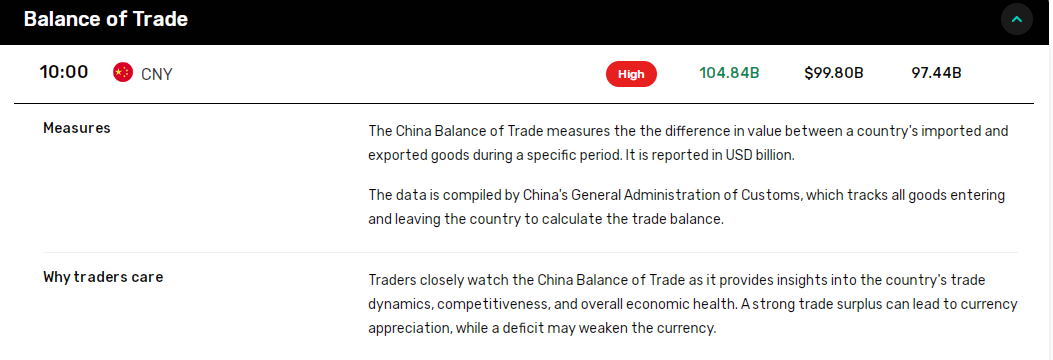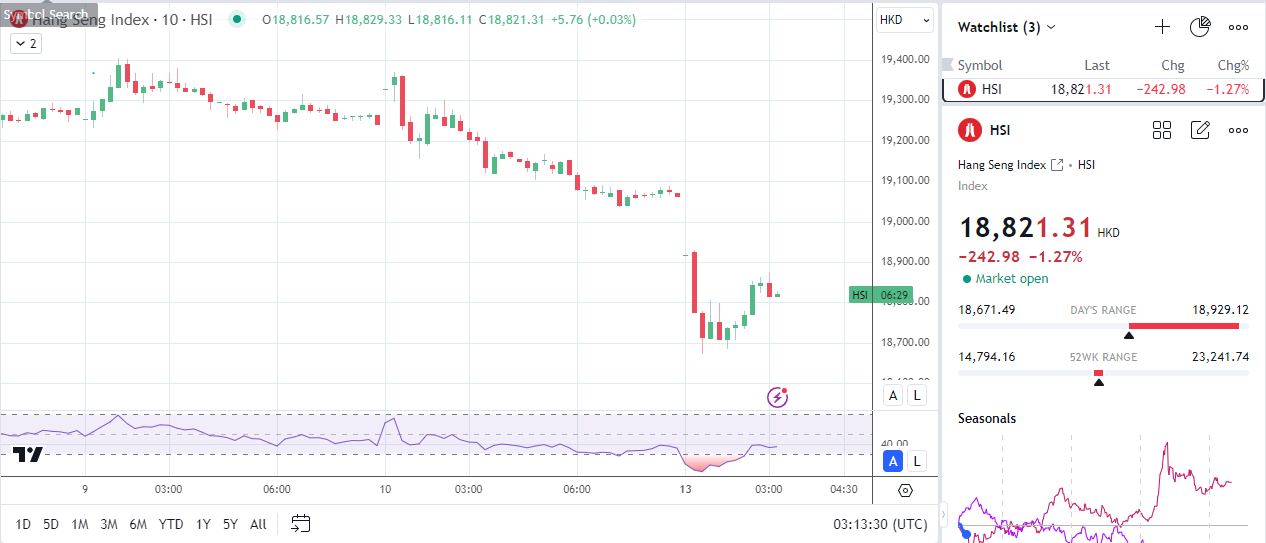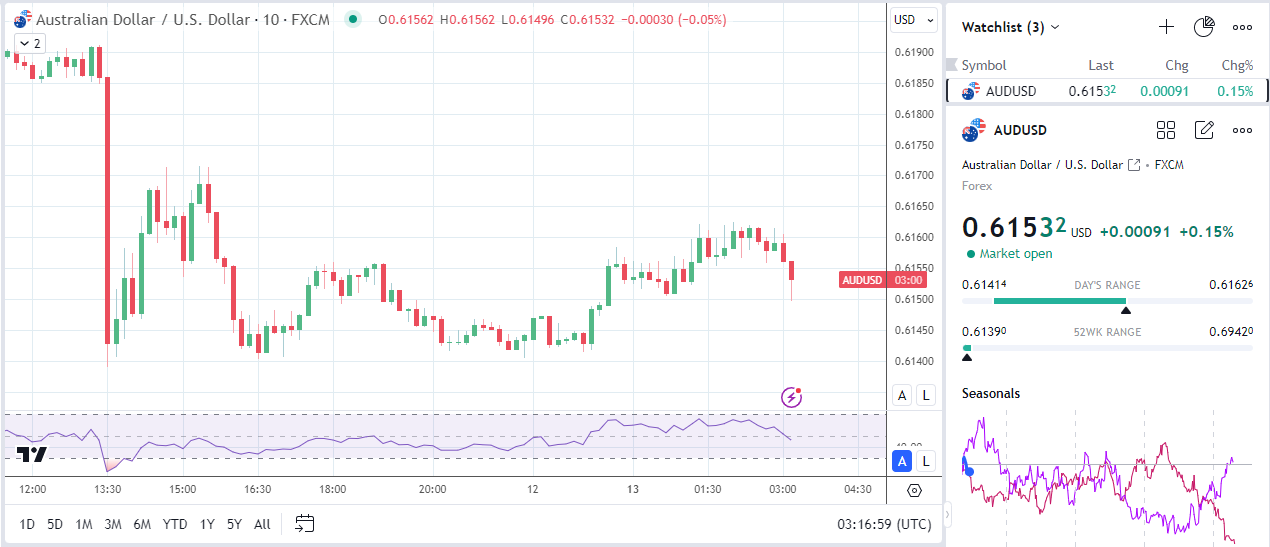“China’s trade surplus widens as exports jump 10.7% in December, sparking tariff concerns and market volatility.”, — write: www.fxempire.com
- China’s trade surplus widened to $104.84B in December, with exports jumping 10.7% YoY, signaling robust demand.
- Imports rebounded 1% YoY in December, marking a significant shift from November’s 3.9% decline, boosting optimism.
- Hang Seng sees mixed reactions to China’s trade data; tariff fears linger as markets anticipate Trump’s policies.

In this article:
China’s US dollar trade surplus widened from $97.44 billion in November to $104.84 billion in December. There was a marked improvement in trade terms. Exports increased by 10.7% year-on-year in December after rising 6.7% in November. Significantly, imports rose 1.0% year-on-year after a 3.9% drop in the month prior.
Notably, CN Wire reported that the combined trade value of imports and exports in December exceeded CNY4 trillion for the first time, underscoring the scale of China’s trade recovery.

“In the November data you had industrial production, value-added production, growing even higher than in October, with retail sales growing at only half that of production. So, what are you going to do with all of this production? Who are you going to export to? The problems are probably becoming more acute because protectionism is on the rise and China is not changing its model. I think 2025 is time for change, and China needs to change very soon, or the year might end up quite badly.”
December’s trade data, however, raised questions about whether the improvement was sustainable or merely a result of front-loading ahead of anticipated US tariffs. The threat of sweeping tariffs to prevent bypassing import duties through third countries could adversely impact China’s economy.
The Market Reaction to China’s Trade Data The Hang Seng Index reflected mixed sentiment toward the data. Before the release, the Index slid to a Monday session low of 18,672.
On Monday, January 13, the Hang Seng Index was down 1.27% to 18,821.

However, in response to the trade data, the AUD/USD fell from $0.61605 to a post-report low of $0.61496 due to fears of US tariffs.
Despite the pullback on tariff fears, the AUD/USD held onto gains, up 0.15% to $0.61532 on Monday. China accounts for one-third of Aussie exports. Increased demand from China could boost the Aussie economy, which has a trade-to-GDP ratio of over 50%. However, the upbeat data could raise the threat of US tariffs, likely testing Aussie dollar demand.

About the Author
With over 20 years of experience in the finance industry, Bob has been managing regional teams across Europe and Asia and focusing on analytics across both corporate and financial institutions. Currently he is covering developments relating to the financial markets, including currencies, commodities, alternative asset classes, and global equities.






Advertisement
